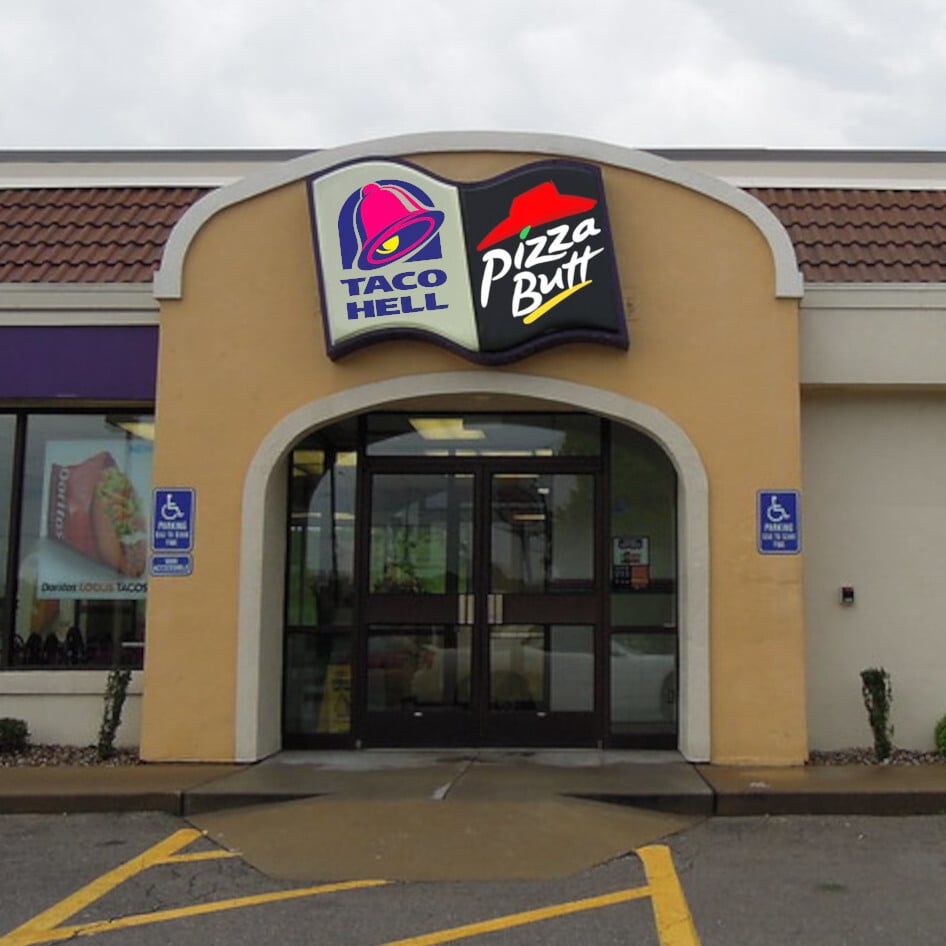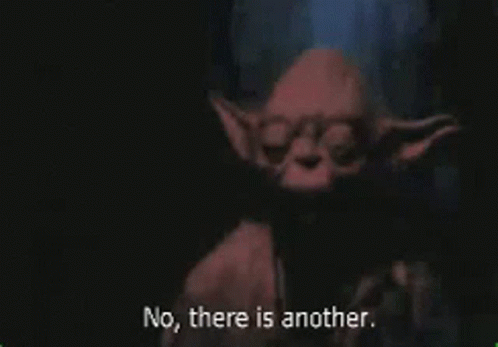PizzaButtAndTacoHell
- 0 Posts
- 22 Comments
Don’t know about the first, but it could mean just a couple of “G’s”.
The latter is the signature for the key of C-Major, but more likely it refers to that key’s relative minor, A-Minor, which is notated the same way.

 81·5 months ago
81·5 months ago…and it will happen.

 127·5 months ago
127·5 months ago“mystery”

 3·5 months ago
3·5 months agoI can already do that with ShareX, but okay, sure…

 4·7 months ago
4·7 months agoYou can copy addresses with OsmAnd+. They have options to include GeoCoords with, too.
https://f-droid.org/packages/net.osmand.plus/
There is a version on the Google Play store which has voice prompts for navigation, which this F-Droid version doesn’t.

 7·7 months ago
7·7 months agoWelp, I guess they’ll have to delist YouTube too; most diverse and accessible music source RN.

 6·7 months ago
6·7 months agoJust finished! Thanks for the tip!

 171·7 months ago
171·7 months ago

 3·8 months ago
3·8 months agoI mean, sure, unless somehow the dad-bod cop in the picture is a heavily disguised Carmelita Fox.

 341·8 months ago
341·8 months agoAndroid Studio is a fork of IntelliJ IDEA, which is open sourced and free software (under Apache 2.0), with additions from Google (proprietary and closed source, as far as I can tell), so it has components that are both. This is compatible with the Apache license, which doesn’t require that derivative works be distributed under the same license.
So, ultimately, Android Studio has some components that are open source and some that aren’t.
Without, for anyone interested.


 152·1 year ago
152·1 year agoCell connectivity.
A physical internet connection doesn’t have many issues as at all with bulkier formats, but cell networks – especially legacy hardware that is yet to be upgraded – will have more issues sending as much data (i.e. more transmission errors to be corrected and thereby use up more energy, whereas the power cost of transmission error correction for cabled networks is negligible).







F-Droid image gallery. So many useful features, but I use it mostly for automatic galleries and metadata tagging